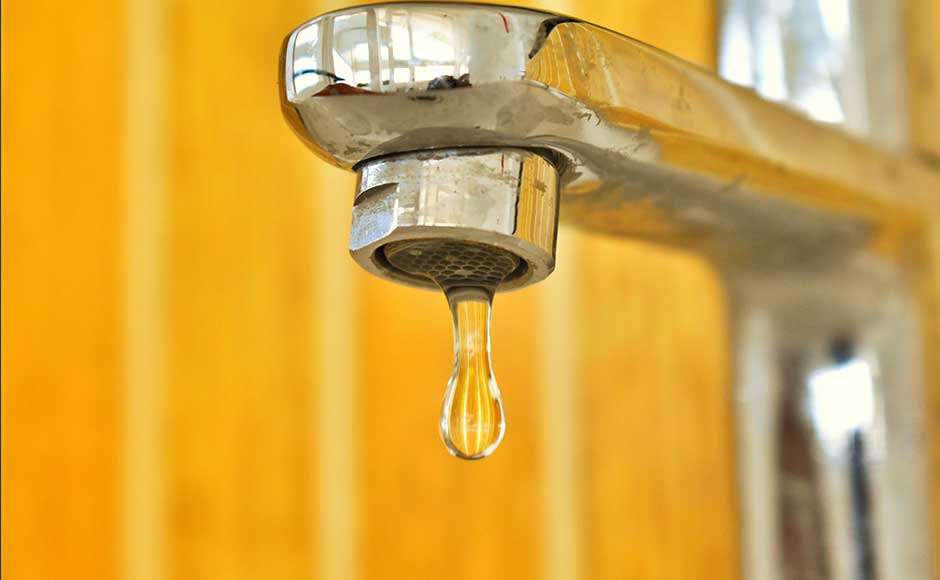Water

What's the issue?
According to Scottish Water, water use accounts for 6% of UK greenhouse gas emissions. One percent of this is from the treatment and transport of water and waste water, and the remaining 5% is from the energy used to heat water in the home.
Saving water can therefore save energy and fuel bills as well as helping to reduce the impacts of droughts, which are likely to be more frequent as climate change progresses. The Energy Saving Trust states that each of us in the UK uses 145 litres of water per day on average, and the costs of water supply, treatment and disposal continue to increase.
Measure
How can you measure your water consumption and carbon emissions?
It can be hard for most of us to calculate our water consumption, as water and waste water are often not metered in Scotland, so we don't pay according to how much we use. Congregations, as registered charities, can be part of the Charities Exemption Scheme.
Zero Waste Scotland suggests the following for estimating an organisation's water use without a meter:
"Our advisors consider that an organisation using water for domestic purposes only (such as hand washing, toilets and showers) typically consumes approximately 25 – 30 litres per full-time staff member per day. If the site has a canteen where food is prepared, up to 40 litres per full-time member of staff per day is expected."
You could use these figures to estimate your water and waste and enter the figures on the 360 Carbon page.
Reduce
Reducing water usage in your buildings.
Scottish Water is one of the largest single users of electricity in Scotland. Using less water will help to reduce the energy associated with its treatment and transport, and cutting down on hot water will save on the congregation's energy costs.
There are several ways to reduce water use and waste in your buildings:
- If your building has a garden that needs regular watering, consider investing in a water butt to collect rain water instead of using a hose attached to the mains supply
- Fix leaking taps and toilets quickly
- Wash dishes in a bowl or basin rather than under a running tap. If your building has a dishwasher, ensure it's full before turning it on, and use the eco setting, if there's one available.
- Reduce water flow in taps if it is higher than necessary
- Reduce the toilet cistern flush volume. The volume can range from 11 litres per flush in a pre-1999 toilet to six litres in a newer cistern.